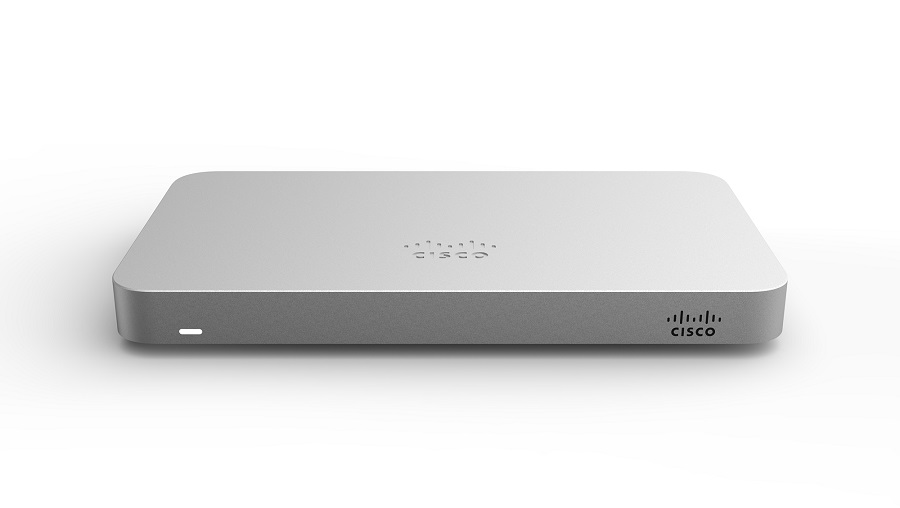

It unifies management and control of thousands of mobile and desktop devices in the secure, browser-based Meraki Dashboard. Cloud based Enterprise Mobility Management called Systems Manager which seamlessly integrates with all above products.




It unifies management and control of thousands of mobile and desktop devices in the secure, browser-based Meraki Dashboard. Cloud based Enterprise Mobility Management called Systems Manager which seamlessly integrates with all above products.

